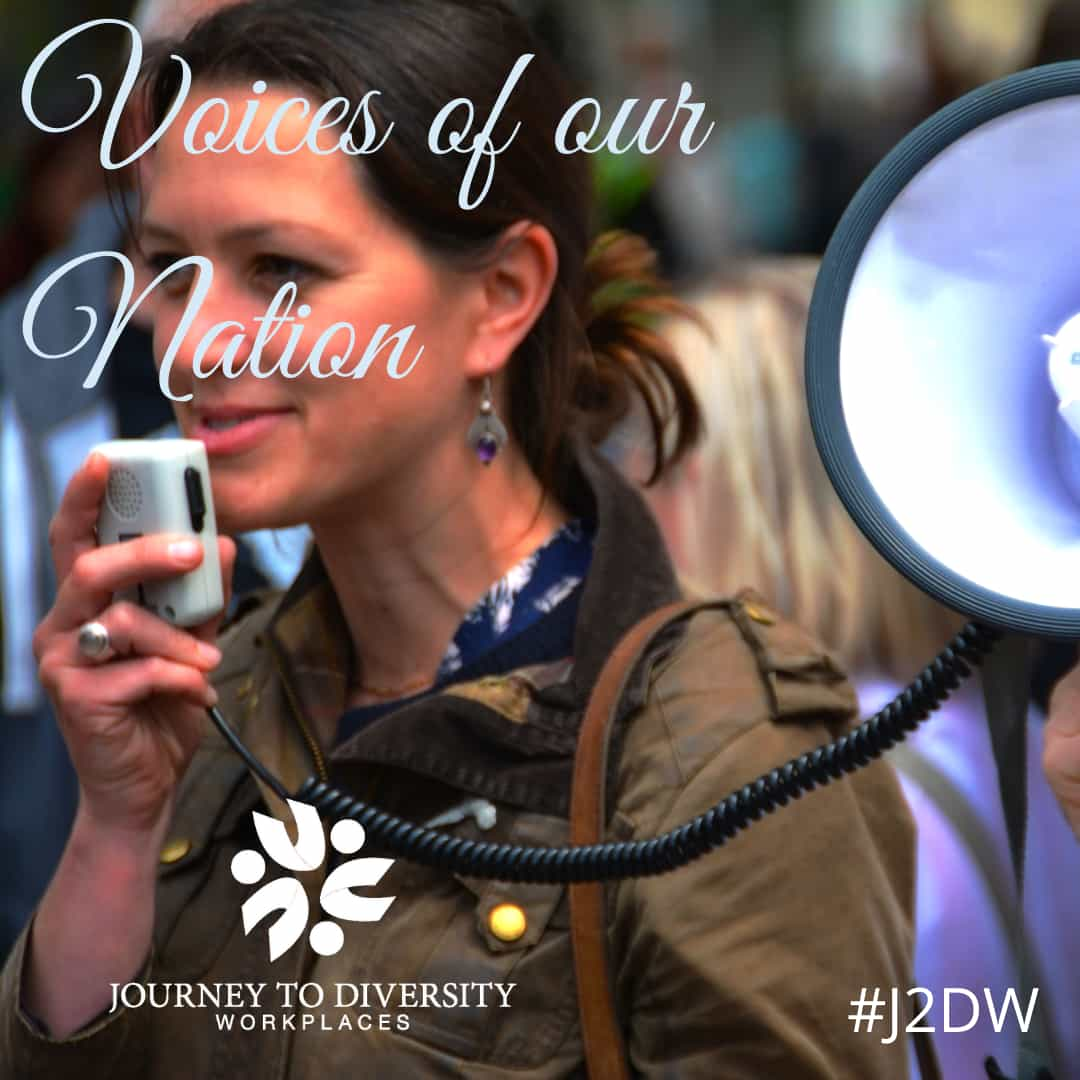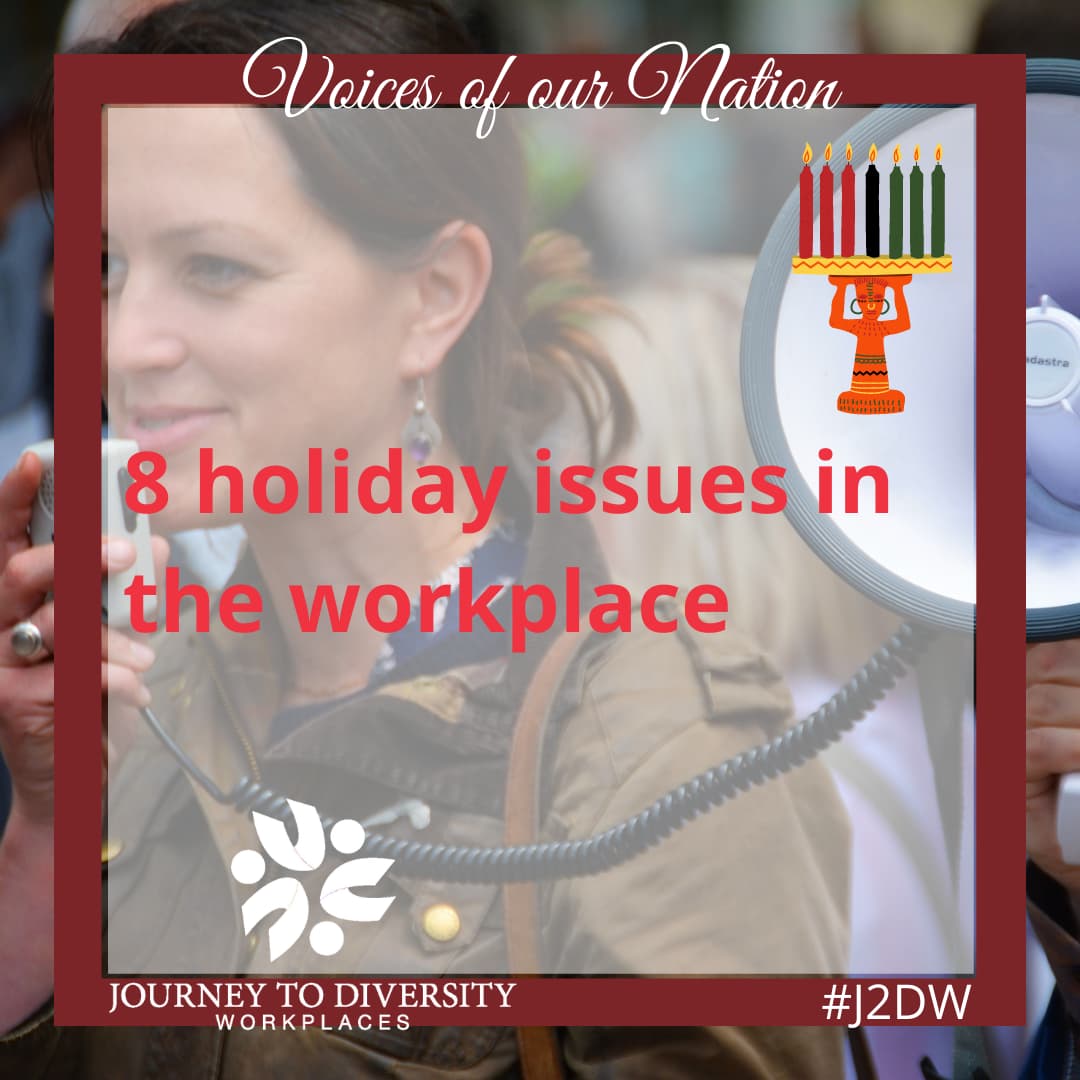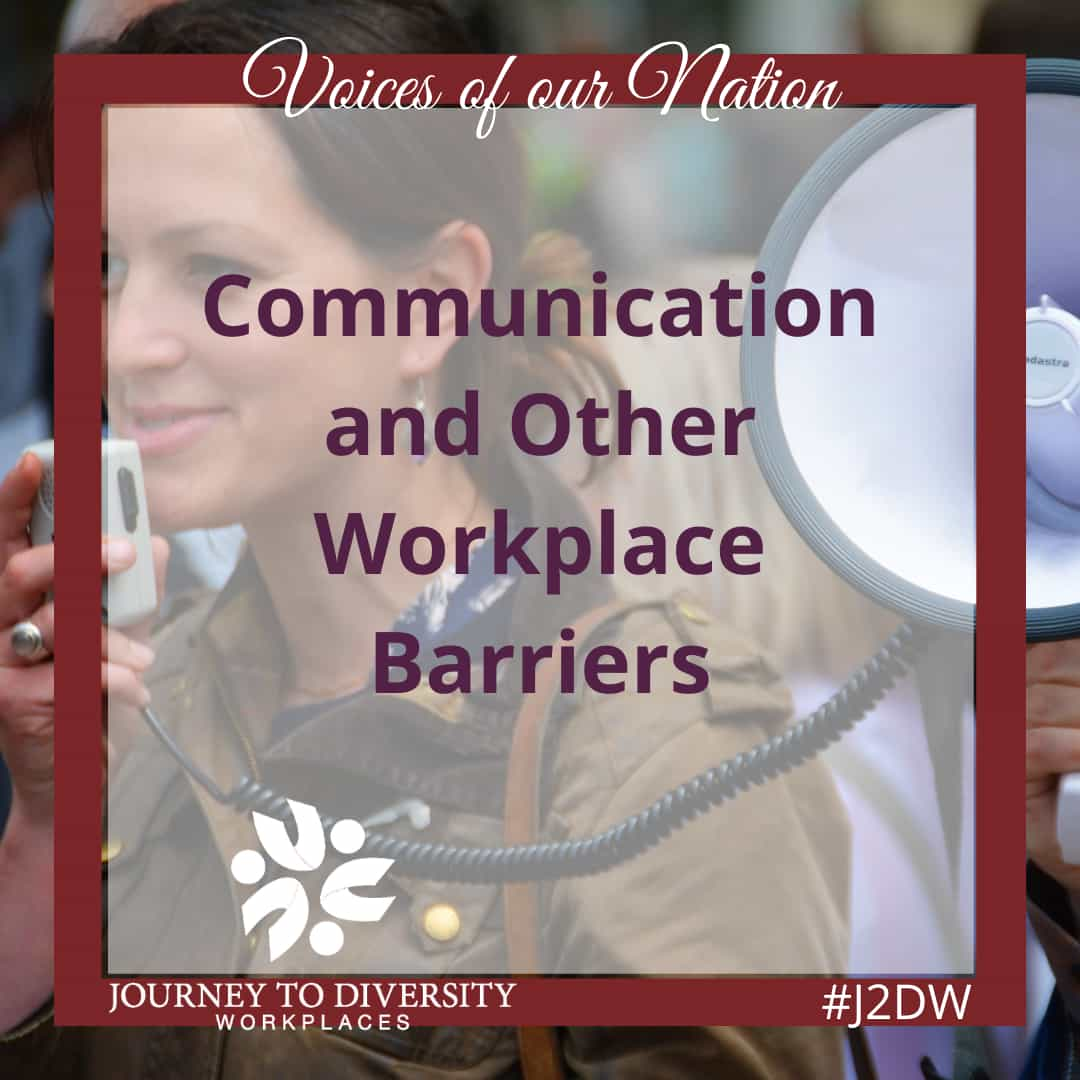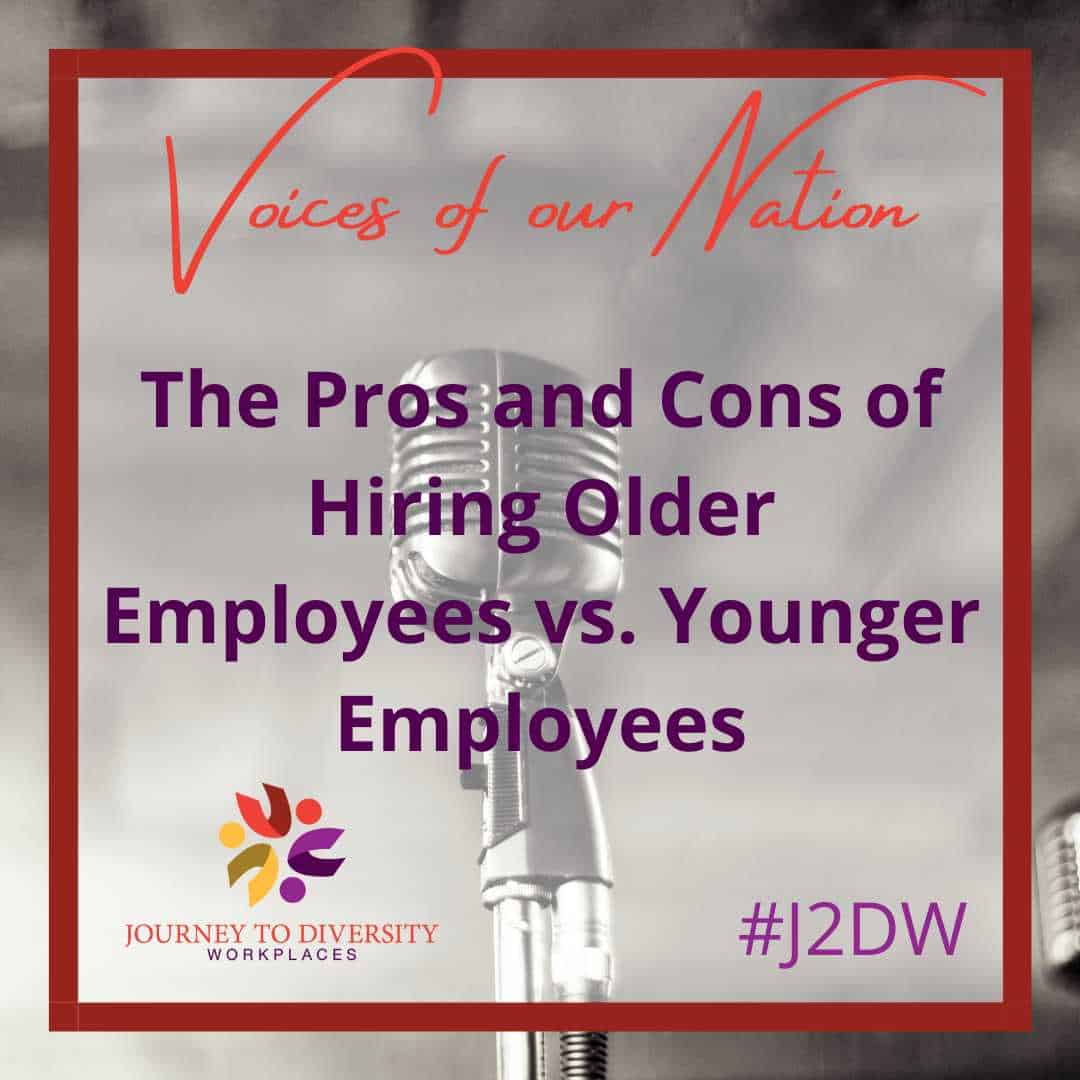“You are allowed to be human”
According to a number of surveys, a common type of stress that we see in everyday society is workplace stress. The files piling up on your desk, the phantom phone rings and the constant humming of the computers is a few of many parts and parcels of the workplace. These coupled with nepotism, ready to climb up the corporate ladder but being held back because of competition, lack of incentive and longer work hours all seem to be common causes of workplace stress.
We all have been at that job where we had a boss we were terrified of making a mistake in front of or wanted 25 hours of work in a 24-hour day (sleep was for the weak). The one who wanted you to put in all your waking hours on the job and still withheld that promotion because they “did not feel you were up to the task.” Those bosses are now responsible for half of the psychologists’ clients all around the globe.
Some of the common workplace stressors are increased responsibility, higher production demands, fewer benefits, pay cuts, layoffs, etc. Even bosses and senior management face workplace stress because they need to keep productivity levels high in order to keep the company running successfully and meet certain demands. They face hard tasks such as laying off employees that may have been with the organization for years, making cuts (budget and salary) and doing what is best for the company even at the cost of being called a tyrant. Some common workplace causes are:
• Overload of tasks – Heavy workload, infrequent breaks, long work hours and shift work. Hectic and routine tasks with little inherent meaning, lack of skills required, and little sense of control
• Management style – Lack of participation by workers in decision-making, poor communication within the organization and lack of family-friendly policies.
• Interpersonal relationships – Poor social environment and lack of support or help from coworkers and supervisors
• Work roles – Conflicting or uncertain job expectations, too much responsibility and too many “hats to wear”
• Career concerns – Job insecurity and lack of opportunity for growth, advancement, or promotion and rapid changes for which workers are unprepared
• Environmental concerns – Unpleasant or dangerous physical conditions such as crowding, noise, air pollution, or ergonomic conditions*
If you are feeling overwhelmed by the causes of stress mentioned above, don’t worry there are solutions to these causes. Below are some of the solutions we think could help you adapt and get a better outlook. Something for supervisors and company management to keep in mind to help reduce workplace stress are:
• Recognition of employees for good work performance
• Opportunities for career development
• An organizational culture that values the individual worker
• Learning to give them free time for personal life, as they might have families that require them too.
Some things you could try to alleviate your own stresses are:
• Prioritize – you are allowed to step back and evaluate your life, to say no to additional work, to say no if you will be missing your anniversary dinner (but you need to understand when to exercise this option)
• Talk to someone – Talk to a friend, family member or a counselor/ psychologist when you need some guidance or just want someone to vent to when you see yourself burning out (common signs include being irritated, frustrated, feeling depressed, withdrawn from friends and family)
• Exercise – this helps clear the mind and gives you the necessary focus to get through your day (healthy body = healthy mind)
• Get a regular sleep schedule – Whether you work the night shift or regular day hours it is crucial to allocate time for your body to rest (as difficult as this sounds, less sleep causes more health problems in the long run)
These are just some of many solutions to help reduce workplace stress. Find what works best for you and apply it. You are only human after all.
* Helpful list by The National Institute for Occupational Safety and Health (NIOSH)
This article was written by volunteer blogger Riya Prem Raaj and edited by volunteer editor Erin Murphy.





